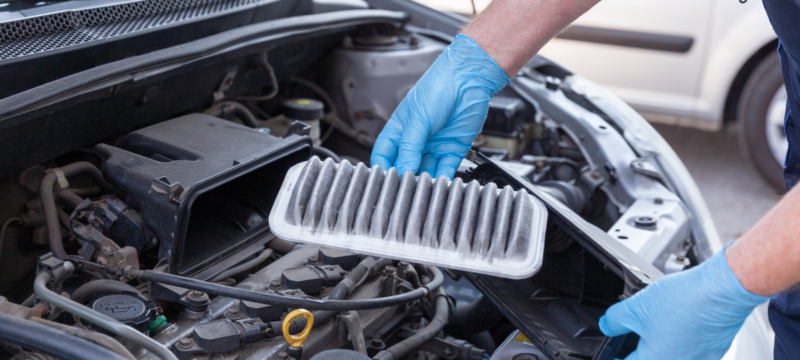Few things in life are as disheartening and nerve-wracking as realizing your car might have a bad engine. Not only can its symptoms be difficult to interpret, but the financial implications of addressing an issue with your car’s engine can cause serious worry. Fortunately, there are some telltale signs that you may have a bad engine on your hands. Read on to find out what they are and how you can address them swiftly and confidently.
The first symptom of a bad engine is usually a check engine light illuminated on your car’s dashboard. This is often accompanied by various other signs, such as decreased performance, decreased fuel efficiency, and/or an increase in emissions. When the check engine light turns on, it means one of your car’s sensors has detected an issue with the engine or its components. It could be anything from a misfire to low oil pressure caused by poor lubrication or worn-out components.
Another symptom of a bad engine is difficulty starting the vehicle. If you try to start your car and all you hear is clicking, this could be indicative of several issues ranging from dead battery problems to corrosion in the starter motor connections. It could also be indicative of a bigger issue such as a cracked flywheel, broken timing belt, or damaged piston rings.
Another common symptom is vibrations while driving. This can be caused by several different issues including a misfiring spark plug, an unevenly worn or loose drive belt, problems with the ignition coil, or a faulty fuel injector. Additionally, it could indicate that your engine has poor compression, which is caused by low oil levels or a clogged air filter. If left unchecked, these underlying issues can potentially cause more serious damage to your vehicle’s engine.
Finally, excessive exhaust smoke is a common symptom of a bad engine and can be caused by a number of issues. The color, smell, and consistency of the smoke can help to identify the issue at hand. White or gray smoke may indicate an issue with burning oil in the cylinders, while black smoke could mean there is too much fuel being burned. Blue smoke indicates an issue with the turbocharger or valve seals, while other colors such as yellow or green are usually indicative of coolant entering the combustion chamber. Depending on the cause and severity of the problem, you may need to replace components like spark plugs, valves, injectors, gaskets, filters, etc. or even rebuild or replace your engine entirely.
Address your symptoms of a bad engine as soon as you detect them to avoid further damage and more expensive repairs down the line. Keep in mind that you can’t fix a problem if you don’t know what it is, so make sure you always remain informed about your car’s condition and contact an expert for help if necessary. The good news is that at Pinecrest Shell, we have experienced mechanics who can help get to the bottom of your car’s issues. So don’t hesitate to contact us today! We would be more than happy to help you out.



Leave a Comment